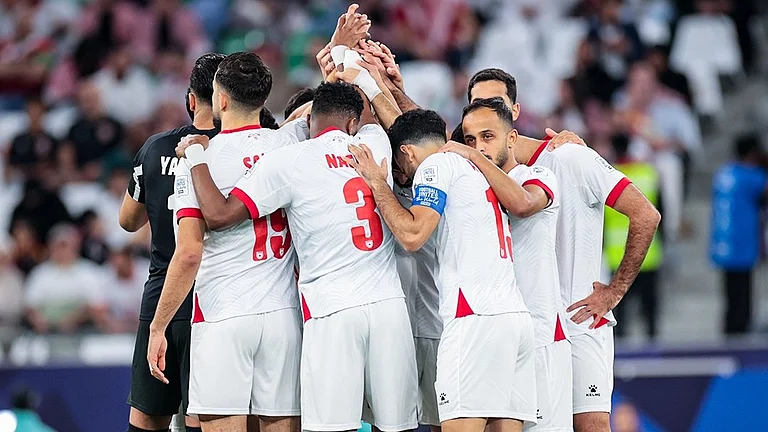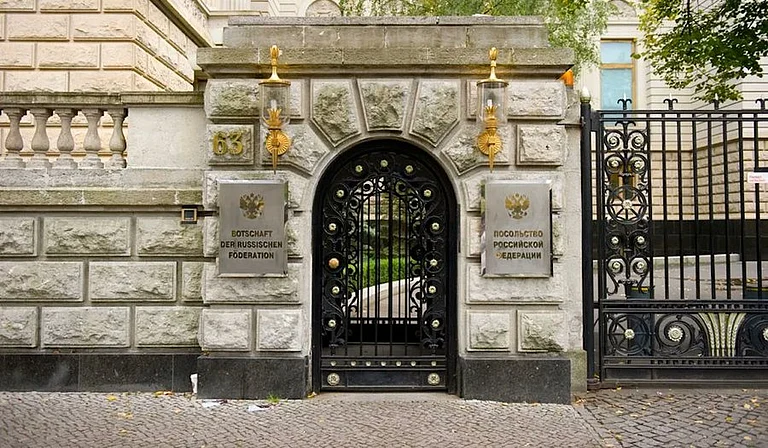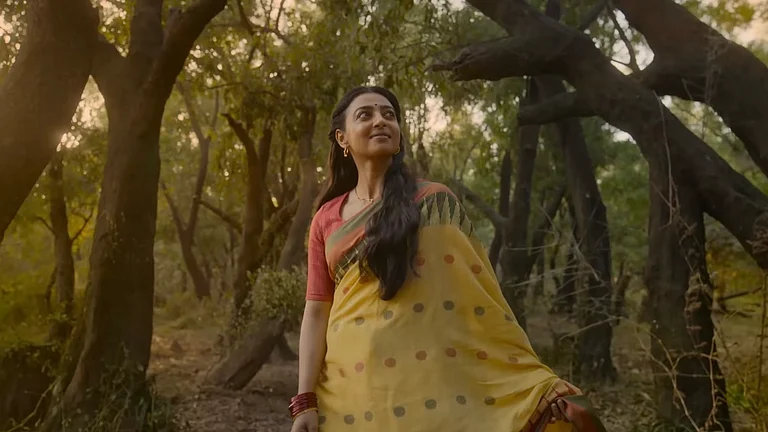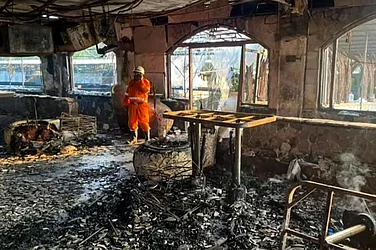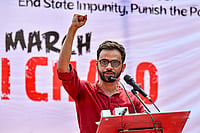Unlike in neighbouring Tamil Nadu, where the sacred thread and its association with the Brahmin community made it a target of the backward caste movement represented by the Dravida Kazhagam, in Karnataka the significance of the sacred thread is far more diffused.
The non-Brahmin communities, including Kshatriyas and Vaishyas in Karnataka, have had their own system of the sacred thread that more or less is Brahminical. Community INSiders say the sacred thread, or the janwaara in Kannada, is a must if one has to marry. Typically, a traditional ceremony is conducted before the marriage rituals, at which point the groom wears the thread. Strictly speaking, the man is mandated to have it permanently across his chest for the rest of his life.
The Lingayat community, which has created a flutter by demanding a separate religion status, too has a similar system. But this involves a tiny Shivalinga inside a protective cover that is worn on the person. That is called the Ishtalinga. The thread in itself is not considered sacred, but the Ishtalinga is. The pendant need not necessarily be fixed to a thread. Even a gold chain can be used to wear the Ishtalinga like a pendant.
The Ishtalinga is tied around the person’s body 11 days after birth in an elaborate ceremony. That stays with the person all through life and is buried along with the individual at death. A crucial difference with the sacred thread worn by the other communities is that the Lingayats do not differentiate between men and women. Both need to wear the sacred pendant. At birth, a customised Ishtalinga is made and that keeps company with the individual. Modern ways have intervened, though. While a Lingayat is expected to wear it 24/7, many keep the pendant at home and worship it occasionally on days considered auspicious, like Mahashivaratri.
Politics too has intervened more recently, with doubts being cast among sections within the Lingayat community whether it should be categorised as a separate religion. A knowledgeable Lingayat says that they were all confused where they belonged—within Hinduism or without. The individual lamented that within the community there was no one who had a clear idea on how to respond to this question. Some contend that they were a separate religion as the community was founded in revolt against the Hindu caste system, led by the legendary 12th century spiritual leader, Basavanna. Others counter that, saying that the community cannot be differentiated from mainstream Hindu religion as there are too many elements that are drawn from it, including the main deity, Shiva.
The Lingayat controversy, in a sense, is novel, as Karnataka has not witnessed major caste-related turmoil in recent history to the extent that states like Tamil Nadu have faced on similar issues. Though caste feelings and casteist politics do play a significant role in the state, and prejudices survive just below the sociological surface, they have so far not erupted into a major conflict. The sacred thread has rarely been targeted in reaction to feelings of resentment against elite castes.








